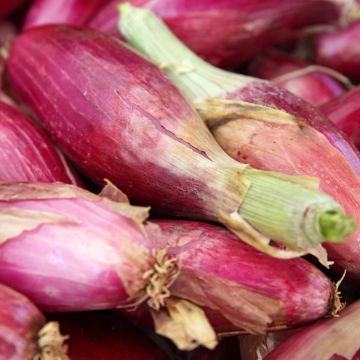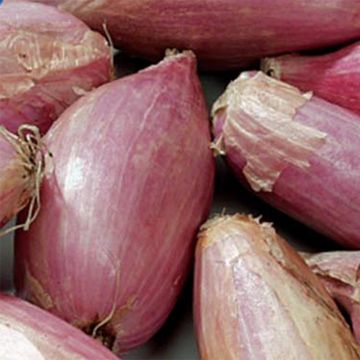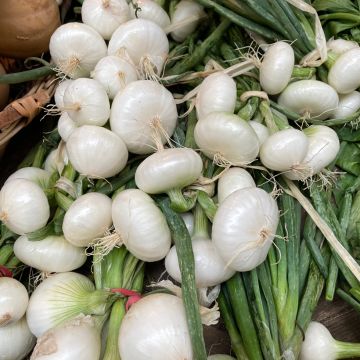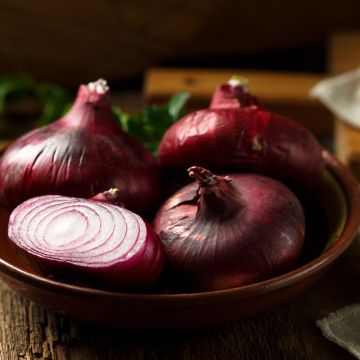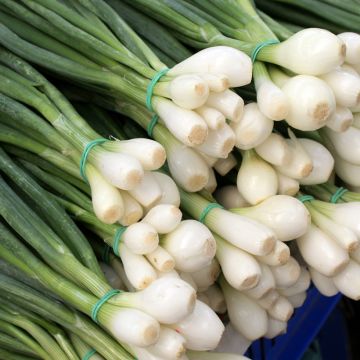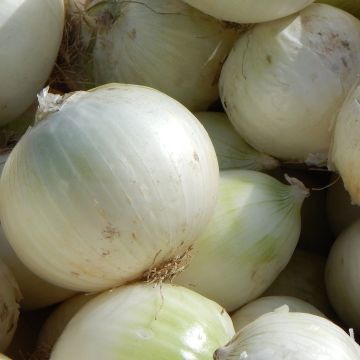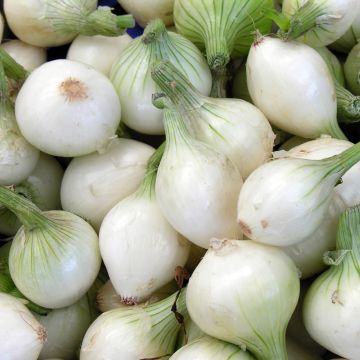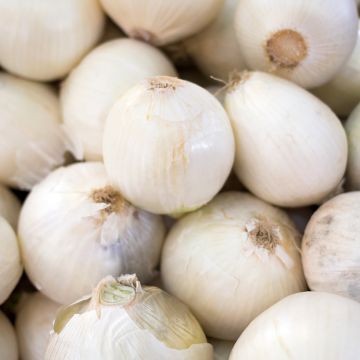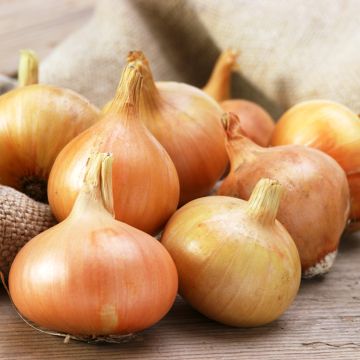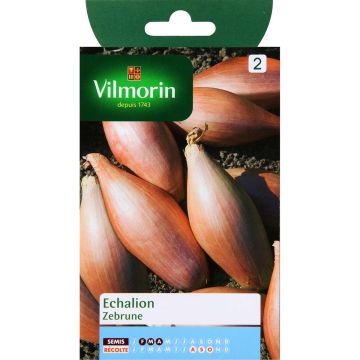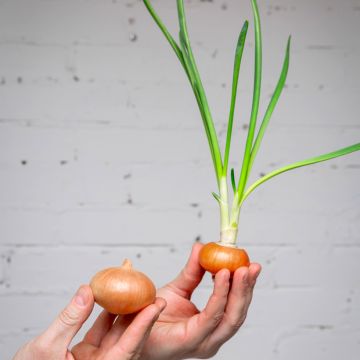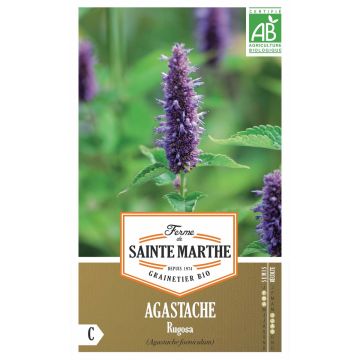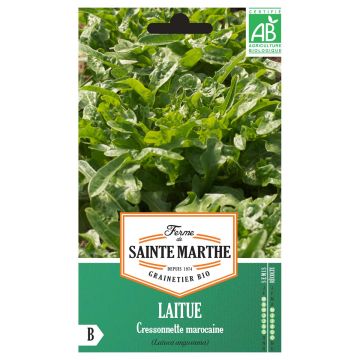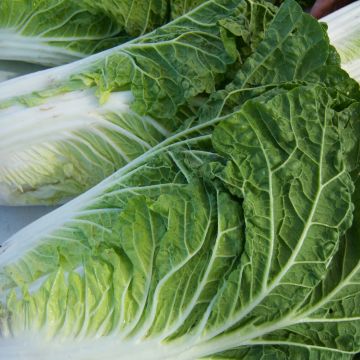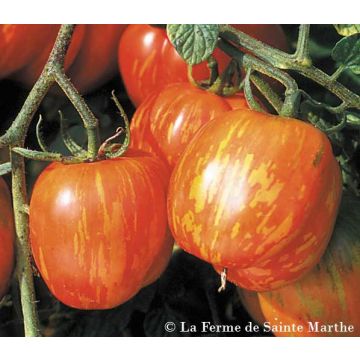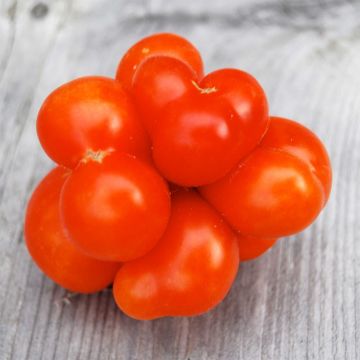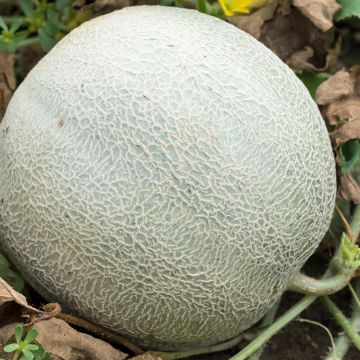

Onion Yellow Globe - Allium cepa seeds
Onion Yellow Globe - Allium cepa seeds
Allium cepa Globo
Onion
Hello, I have received your seeds, thank you again for your commercial gesture. I will keep you informed of the outcome of these seeds next spring. Best regards.
Claude P., 17/10/2017
Special offer!
Receive a €20 voucher for any order over €90 (excluding delivery costs, credit notes, and plastic-free options)!
1- Add your favorite plants to your cart.
2- Once you have reached €90, confirm your order (you can even choose the delivery date!).
3- As soon as your order is shipped, you will receive an email containing your voucher code, valid for 3 months (90 days).
Your voucher is unique and can only be used once, for any order with a minimum value of €20, excluding delivery costs.
Can be combined with other current offers, non-divisible and non-refundable.
Why not try an alternative variety in stock?
View all →This plant carries a 6 months recovery warranty
More information
We guarantee the quality of our plants for a full growing cycle, and will replace at our expense any plant that fails to recover under normal climatic and planting conditions.
Description
The yellow Globe onion is an early variety, producing large, straw yellow onoins with good storage capabilities. This variety is sown in spring (or in autumn if the climate is mild) and harvested in summer.
The onion is a plant cultivated as a vegetable and a condiment. It is the fleshy bulb that is consumed, sometimes the stems in the manner of chives.
There are three groups of onions, distinguished by the colour of the bulb:
white onions, consumed as early vegetables or pickled in vinegar,
yellow onions, for storage, often consumed cooked (in soups, pissaladières, or as accompaniments to cheese or charcuterie),
red onions, usually consumed raw in salads.
Onions are rich in vitamins A, B, C, and minerals and often more digestible and sweeter when cooked. To avoid crying while cutting an onion, you can peel it under running water, in a basin of water, or wear swimming goggles!
Historically, onions originate from Central Asia, where they have been consumed for over 6000 years. They were present in the tombs of pharaohs as a food supply. Their therapeutic and gustatory virtues were already recognised. The Romans later introduced onions throughout Western Europe. It is also worth noting that Christopher Columbus introduced onions to the Americas during his second voyage.
Harvesting: White onions are harvested in spring when the foliage is still green. Coloured onions (yellow and red) are harvested in summer when the stems are completely dried and bent to the ground. Gently pull them out and let them dry for two to three days on the ground in the sun. Remove excess dried soil by lightly rubbing.
Storage: Onions can be stored for several months under good conditions. If the condition of the stems allows, you can braid them and hang the resulting bunches. Otherwise, cut off the leaves and store the onions in a dark, cool, dry, and well-ventilated place. Check beforehand that they have not been bruised to prevent rotting, which could contaminate the entire harvest.
Gardener's tip: Alternate rows of onions and carrots to keep carrot flies and onion flies away. Additionally, onions thrive in the company of beets, strawberries, and lettuces.
Report an error about the product description
Harvest
Plant habit
Foliage
Botanical data
Allium
cepa
Globo
Liliaceae
Onion
Cultivar or hybrid
Annual
Other Onion seeds
View all →Planting and care
Soil preparation: Onions thrive and grow in all types of soil, preferably light and well-drained. The soil should not have received any manure for at least a year. Onions dislike excess nitrogen, so avoid planting them after green manure or legumes from the Fabaceae family (beans, peas, fava beans). Rotate the crops every 5 years before growing onions again.
Spring sowing: Coloured onions (yellow and red) and some early varieties of white onions are sown from February to April, directly in the ground (or in autumn if the climate is mild). Mark the sowing rows by stretching a string, spacing the rows 20 cm apart. Dig a furrow 2 cm deep and sow thinly. Close the furrow by lightly tamping with a rake. Moisten the soil immediately afterwards. Germination takes about 18 days. When the plants reach 5 cm (about 2 months after sowing), thin them out, leaving one plant every 10 cm. Harvesting can then be done throughout the summer.
Autumn sowing: White onions are sown at the end of summer (August-September) in trays or pots. They will be transplanted into the ground either a month later in mild climates or at the end of winter around February. Allow 20 cm between rows and 10 cm within the row. White onions are then harvested in spring.
Regular tasks: Regularly hoe the soil, especially at the beginning. Avoid mulching to prevent rotting. Onions dislike moisture, so watering should be kept to a minimum, mainly during sowing and transplanting.
It is also possible to produce bulblets yourself: sow in March, keeping one plant every 2 cm, harvest bulblets with a diameter of less than 2 cm in July, store them dry during winter, and plant them in the following spring.
Seedlings
Care
Intended location
-
, onOrder confirmed
Reply from on Promesse de fleurs
Similar products
Haven't found what you were looking for?
Hardiness is the lowest winter temperature a plant can endure without suffering serious damage or even dying. However, hardiness is affected by location (a sheltered area, such as a patio), protection (winter cover) and soil type (hardiness is improved by well-drained soil).

Photo Sharing Terms & Conditions
In order to encourage gardeners to interact and share their experiences, Promesse de fleurs offers various media enabling content to be uploaded onto its Site - in particular via the ‘Photo sharing’ module.
The User agrees to refrain from:
- Posting any content that is illegal, prejudicial, insulting, racist, inciteful to hatred, revisionist, contrary to public decency, that infringes on privacy or on the privacy rights of third parties, in particular the publicity rights of persons and goods, intellectual property rights, or the right to privacy.
- Submitting content on behalf of a third party;
- Impersonate the identity of a third party and/or publish any personal information about a third party;
In general, the User undertakes to refrain from any unethical behaviour.
All Content (in particular text, comments, files, images, photos, videos, creative works, etc.), which may be subject to property or intellectual property rights, image or other private rights, shall remain the property of the User, subject to the limited rights granted by the terms of the licence granted by Promesse de fleurs as stated below. Users are at liberty to publish or not to publish such Content on the Site, notably via the ‘Photo Sharing’ facility, and accept that this Content shall be made public and freely accessible, notably on the Internet.
Users further acknowledge, undertake to have ,and guarantee that they hold all necessary rights and permissions to publish such material on the Site, in particular with regard to the legislation in force pertaining to any privacy, property, intellectual property, image, or contractual rights, or rights of any other nature. By publishing such Content on the Site, Users acknowledge accepting full liability as publishers of the Content within the meaning of the law, and grant Promesse de fleurs, free of charge, an inclusive, worldwide licence for the said Content for the entire duration of its publication, including all reproduction, representation, up/downloading, displaying, performing, transmission, and storage rights.
Users also grant permission for their name to be linked to the Content and accept that this link may not always be made available.
By engaging in posting material, Users consent to their Content becoming automatically accessible on the Internet, in particular on other sites and/or blogs and/or web pages of the Promesse de fleurs site, including in particular social pages and the Promesse de fleurs catalogue.
Users may secure the removal of entrusted content free of charge by issuing a simple request via our contact form.
The flowering period indicated on our website applies to countries and regions located in USDA zone 8 (France, the United Kingdom, Ireland, the Netherlands, etc.)
It will vary according to where you live:
- In zones 9 to 10 (Italy, Spain, Greece, etc.), flowering will occur about 2 to 4 weeks earlier.
- In zones 6 to 7 (Germany, Poland, Slovenia, and lower mountainous regions), flowering will be delayed by 2 to 3 weeks.
- In zone 5 (Central Europe, Scandinavia), blooming will be delayed by 3 to 5 weeks.
In temperate climates, pruning of spring-flowering shrubs (forsythia, spireas, etc.) should be done just after flowering.
Pruning of summer-flowering shrubs (Indian Lilac, Perovskia, etc.) can be done in winter or spring.
In cold regions as well as with frost-sensitive plants, avoid pruning too early when severe frosts may still occur.
The planting period indicated on our website applies to countries and regions located in USDA zone 8 (France, United Kingdom, Ireland, Netherlands).
It will vary according to where you live:
- In Mediterranean zones (Marseille, Madrid, Milan, etc.), autumn and winter are the best planting periods.
- In continental zones (Strasbourg, Munich, Vienna, etc.), delay planting by 2 to 3 weeks in spring and bring it forward by 2 to 4 weeks in autumn.
- In mountainous regions (the Alps, Pyrenees, Carpathians, etc.), it is best to plant in late spring (May-June) or late summer (August-September).
The harvesting period indicated on our website applies to countries and regions in USDA zone 8 (France, England, Ireland, the Netherlands).
In colder areas (Scandinavia, Poland, Austria...) fruit and vegetable harvests are likely to be delayed by 3-4 weeks.
In warmer areas (Italy, Spain, Greece, etc.), harvesting will probably take place earlier, depending on weather conditions.
The sowing periods indicated on our website apply to countries and regions within USDA Zone 8 (France, UK, Ireland, Netherlands).
In colder areas (Scandinavia, Poland, Austria...), delay any outdoor sowing by 3-4 weeks, or sow under glass.
In warmer climes (Italy, Spain, Greece, etc.), bring outdoor sowing forward by a few weeks.






























